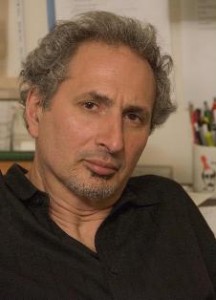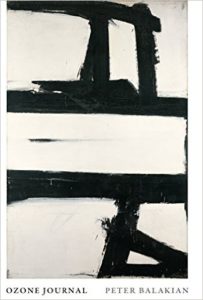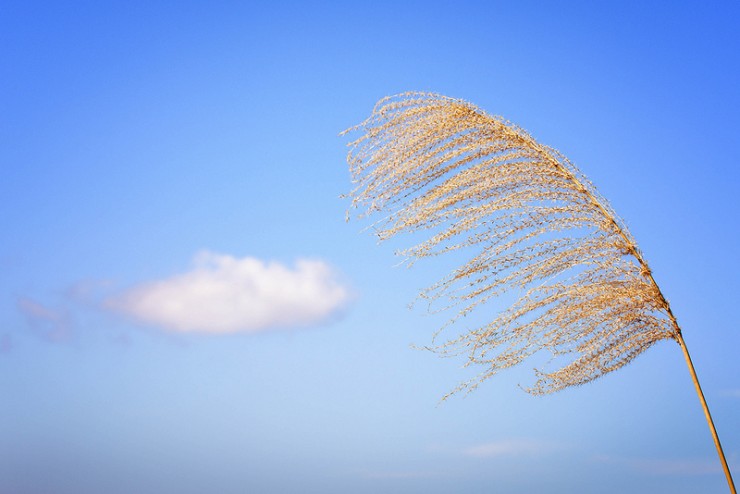Peter Balakian, a professor of English and creative writing at Colgate University, is known for his writing and works about the Armenian genocide, which occurred between 1915 and 1918 during and right after World War I in what is now mostly Turkey. The government of the then-Ottoman Empire put to death between 800, 000 and 1.5 million Armenian men, women, and children. Other indigenous and Christian peoples were targeted as well, but the Armenians bore the brunt.
And it was during this genocide that systematic murder, death marches, concentration camps, rape, and confiscation of property became official government policy, something the Nazi government in Germany perfected and the Serbian army in Bosnia emulated. In fact, the word “genocide” was coined in 1943 specifically to describe what happened to the Armenian people. The Turkish government today continues to deny that this genocide actually happened.

Peter Balakian
Balakian, himself of Armenian descent and his family directly involved, has written a number of works about the genocide. In 2009, he published The Burning Tigris: The History of the Armenian Genocide and America’s Response. That same year, he published his own memoir, Black Dog of Fate: An American Son Uncovers His Armenian Past and translated Armenian Golgotha: A Memoir of the Armenian Genocide 1915-1918 by Grigoris Balakian, an Armenian priest and Balakian’s great-uncle, who experienced what happened from the very beginning.
In addition to his non-fiction work, Balakian has published seven collections of poetry. The seventh, Ozone Journal, was published in 2015. Last week, it won the Pulitzer Prize for poetry. It’s comprised of 17 poems assembled in three parts, most of them long poems with several numbered sections.
Part one includes nine poems that are a kind of historical American travel and cultural journal, a kaleidoscope of experiences and influences. They range from Pueblo, New Mexico, and a meditation of Andy Warhol and Mao Zedong, to childhood images of baseball.
Part two is the heart of the work and the longest (and title) poem in the collection, “Ozone Journal.” It is a cascade of imagery and events: Iraq, living on Riverside Drive in New York, Armenia, jazz, working, the dying of a loved one, youth, growing older, music, popular culture. Balakian blends them in telling the story of a life, and not only his own, for none of us have a life that is only our own. I read it straight through in one sitting, almost mesmerized by what he’s accomplished here.
Part three assembles seven poems, in a way a synthesis of the first two parts in that the poems combine both that poetic semblance of a travel and cultural journal and personal history. “Here and Now, ” the shortest poem in the entire collection, is representative.
Here and Now

Then I tell you the day is a poem
I’m only talking to you and only the sky is listening.
The sky is listening; the sky is hopeful
as I am walking into the pomegranate seeds
of the wind that whips up the seawall.
If you want the poem to take on everything,
walk into a hackberry tree,
then walk out beyond the seawall.
I’m not far from a room where Van Gogh
was a patient—his head on a pillow hearing
the mistral careen off the seawall,
hearing the fauvist leaves pelt
the sarcophagi. Here and now
the air of the tepidarium kissed my jaw
and pigeons ghosting in the blue loved me
for a second, before the wind
broke branches and guttered into the river.
What questions can I ask you?
How will the sky answer the wind?
The dawn isn’t heartbreaking.
The world isn’t full of love.
Of all the images Balakian uses in this poem, the question I find most arresting is how the sky will answer the wind. How, indeed?
His six previous books of poetry are Father Fisheye (1979); Sad Days of Light (1983); Reply From Wilderness Island (1988); Dyer’s Thistle (1996); June-tree: New and Selected Poems 1974-2000; and Ziggurat (2010). He is also the author of Vise and Shadow: Essays on the Lyric Imagination, Poetry, Art, and Culture (2015). He received his B.A. degree from Bucknell University and a Ph.D. in American Civilization from Brown University. He has taught at Colgate since 1980.
Ozone Journal contains a wealth of beauty, but it also does what good poetry should, and that is to challenge and sometimes provoke, to help us see in a different light, and to understand ourselves in ways we might not have grasped.
Photo by Pai Shih, Creative Commons, via Flickr. Post by Glynn Young, author of the novels Dancing Priest and A Light Shining, and Poetry at Work.
__________________________

“I require all our incoming poetry students—in the MFA I direct—to buy and read this book.”
—Jeanetta Calhoun Mish
- 10 Great Resources for Teaching the Civil War - March 6, 2025
- Relearning Civil War History to Write a Novel - March 4, 2025
- Poets and Poems: Marjorie Maddox and “Seeing Things” - February 27, 2025

Maureen says
Balakian is a fabulous poet. His lyricism, erudition, striking visual and sonic imagery are all on display. And out of all that beauty, the devastating conclusion, as in that the last couplet in the selected poem here.
He should be on every reader’s list.
Thank you, Glynn.
Glynn says
Maureen, I wasn’t familiar with his poetry before I read Ozone Journal. And I was wowed.
Sandra Heska King says
I’m putting him on my list. I’ve packed up most of my books. But I just keep buying.
Glynn says
The publishers of America thank you!
Bethany says
Love these words:
“and pigeons ghosting in the blue loved me
for a second…”
And yes, that last couplet is powerful. Thank you for bringing this poem and poet to my attention, Glynn.
Glynn says
Thanks for reading, Bethany!
Sandra Heska King says
“for a second, before the wind
broke branches and guttered into the river.”
Guttered into the river …
And yes… The couplet. Thank you, Glynn. As always.